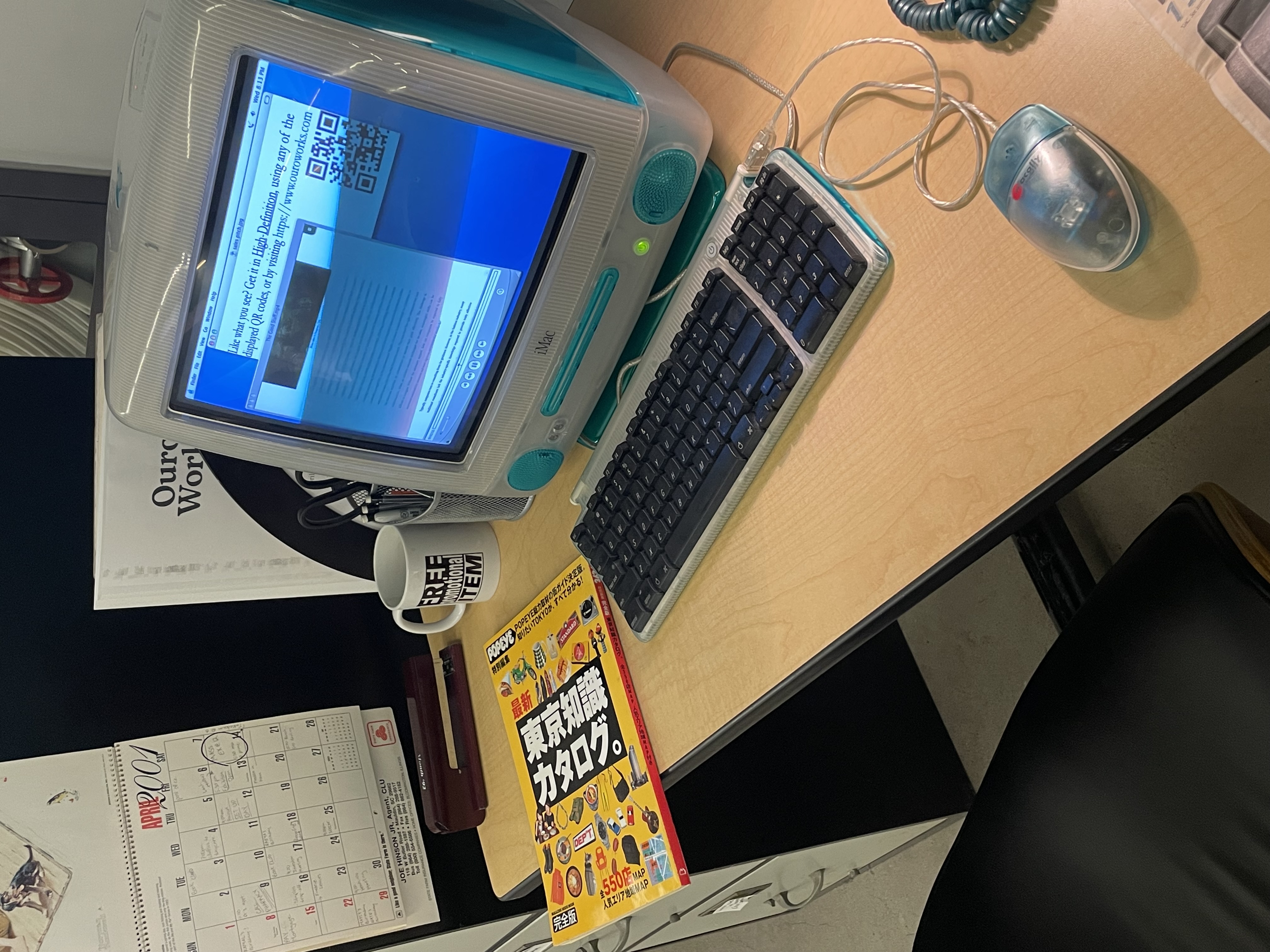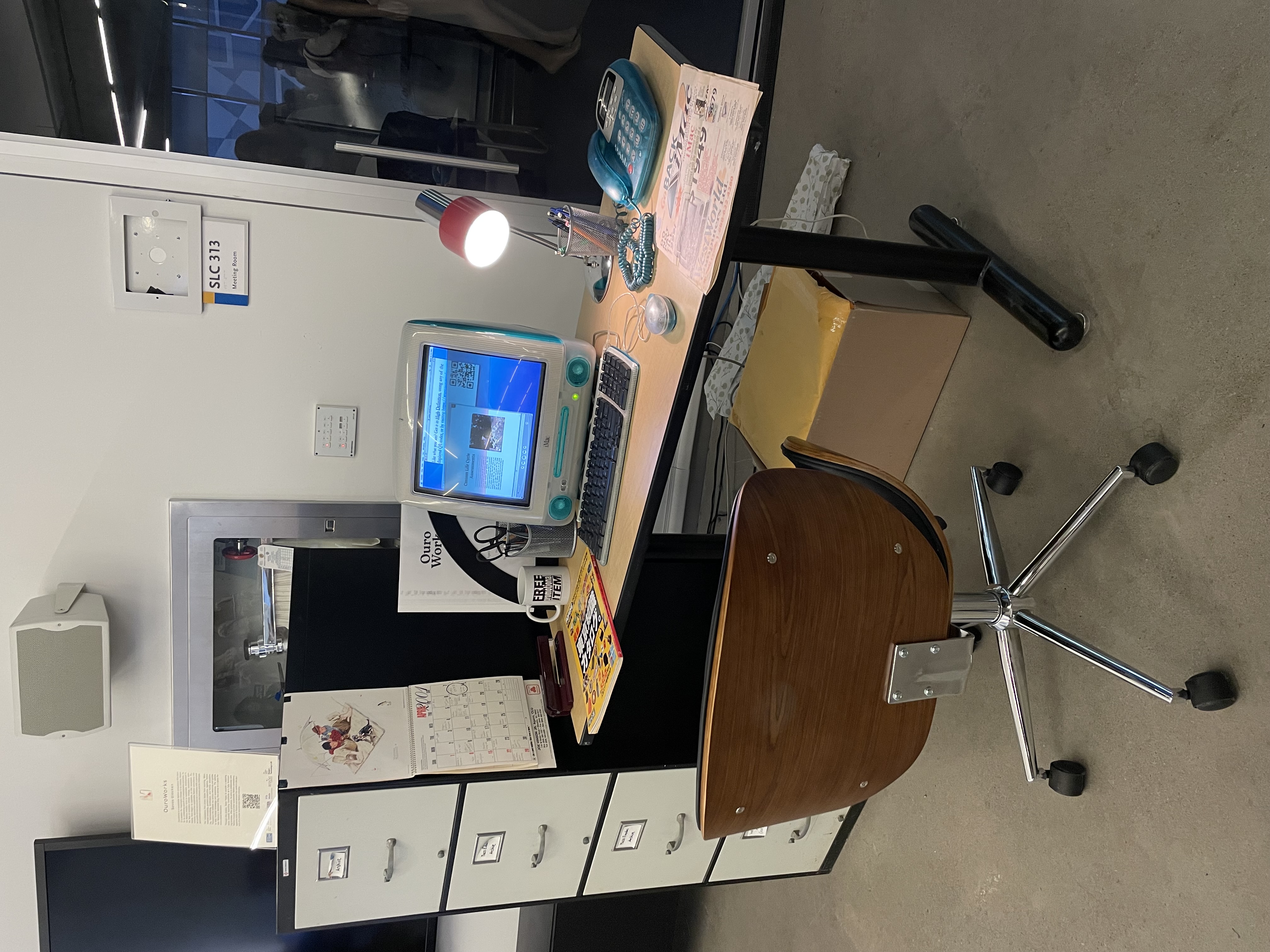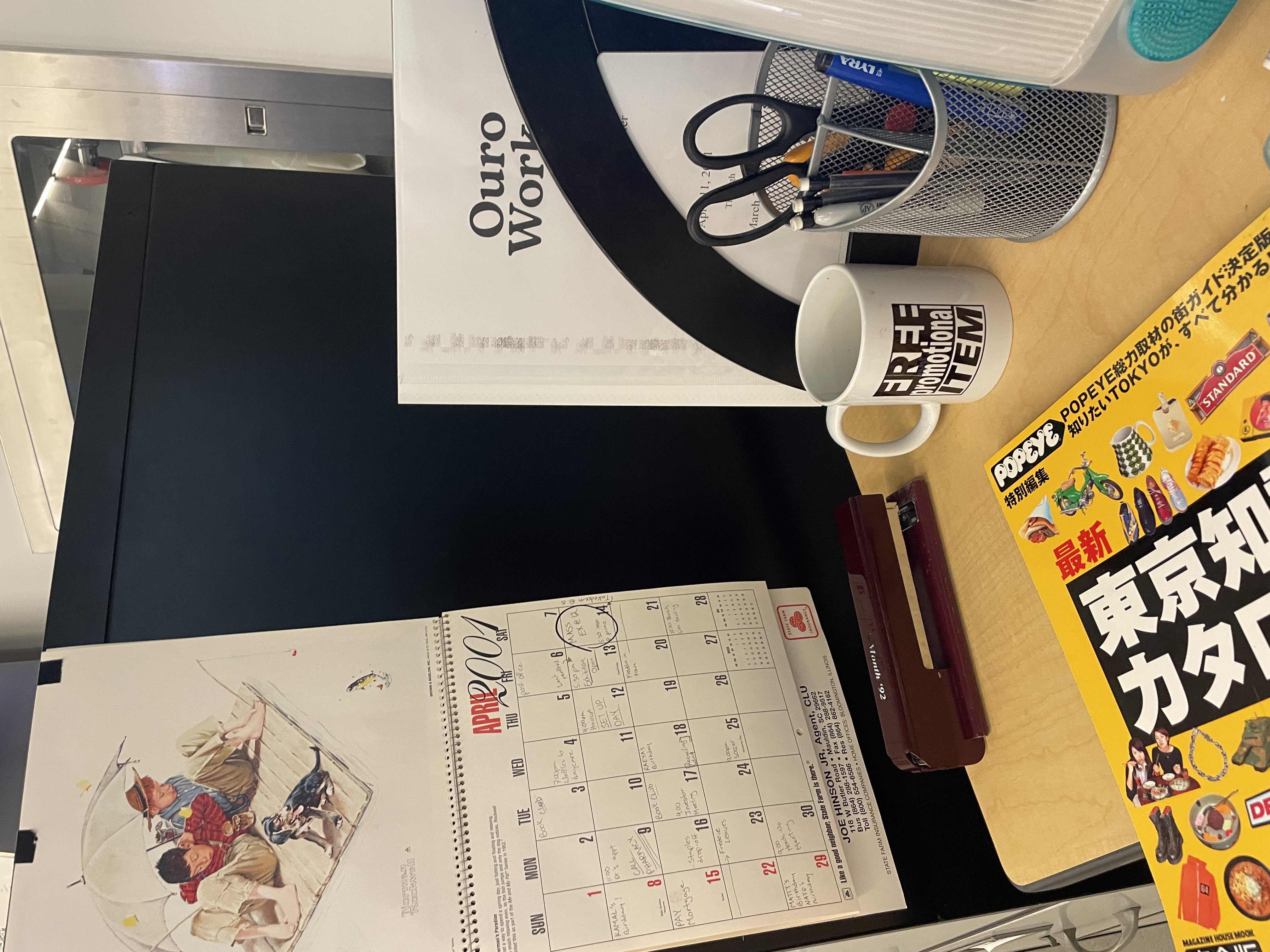Sustainability can mean many different things, depending on who you ask. A typical definition is to limit the amount of resources we use for environmental reasons. In the context of fashion, it might also mean putting love and care into pieces so that they are cherished and kept for a very long time. It can be representative of a connection to others, creating longevity through community and shared responsibility.
When considering what the future of the industry might have in store, we look to the fashion students who will be the future decision-makers and hopefully changemakers. Three graduating fashion students at Toronto Metropolitan University’s Mass Exodus 2025 had particularly evident connections to sustainability. Each has chosen to incorporate these practices in their own ways and have different perspectives on fashion.
Cypher Mathis Sabanal’s thesis project, titled AND/OR, is a culmination of all his work over his degree, both literally and figuratively. It is a sculptural piece, made up of pieces of fabric and textiles from everything Mathis Sabanal has had left over from the last four years. Buried deep inside the mass of fabric is a wooden frame, and the materials have been entirely hand stitched together. The piece is made up of everything from the leftover pieces of shirts he’s shortened to friends’ thesis projects to scraps collected from the fashion labs.
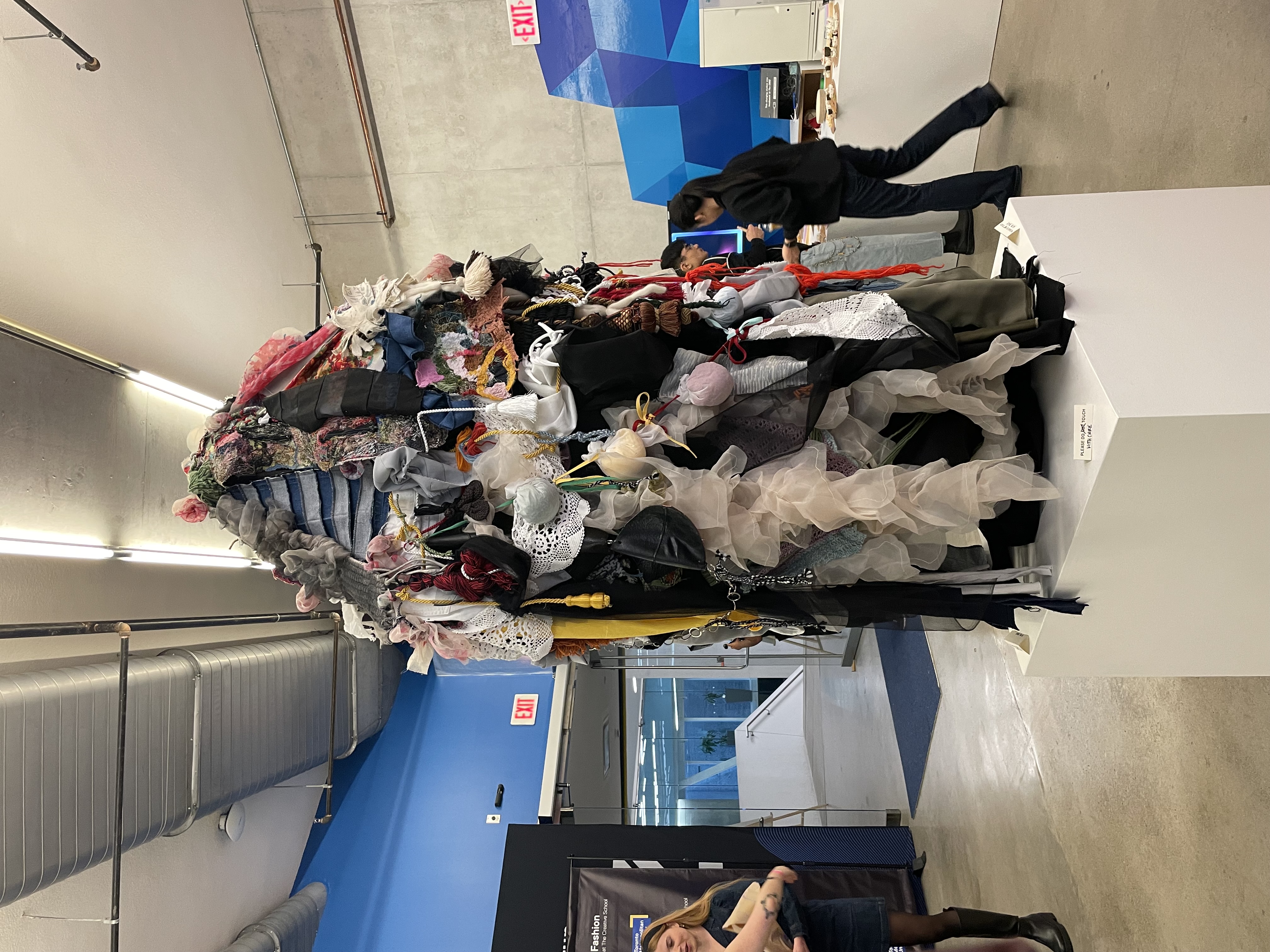
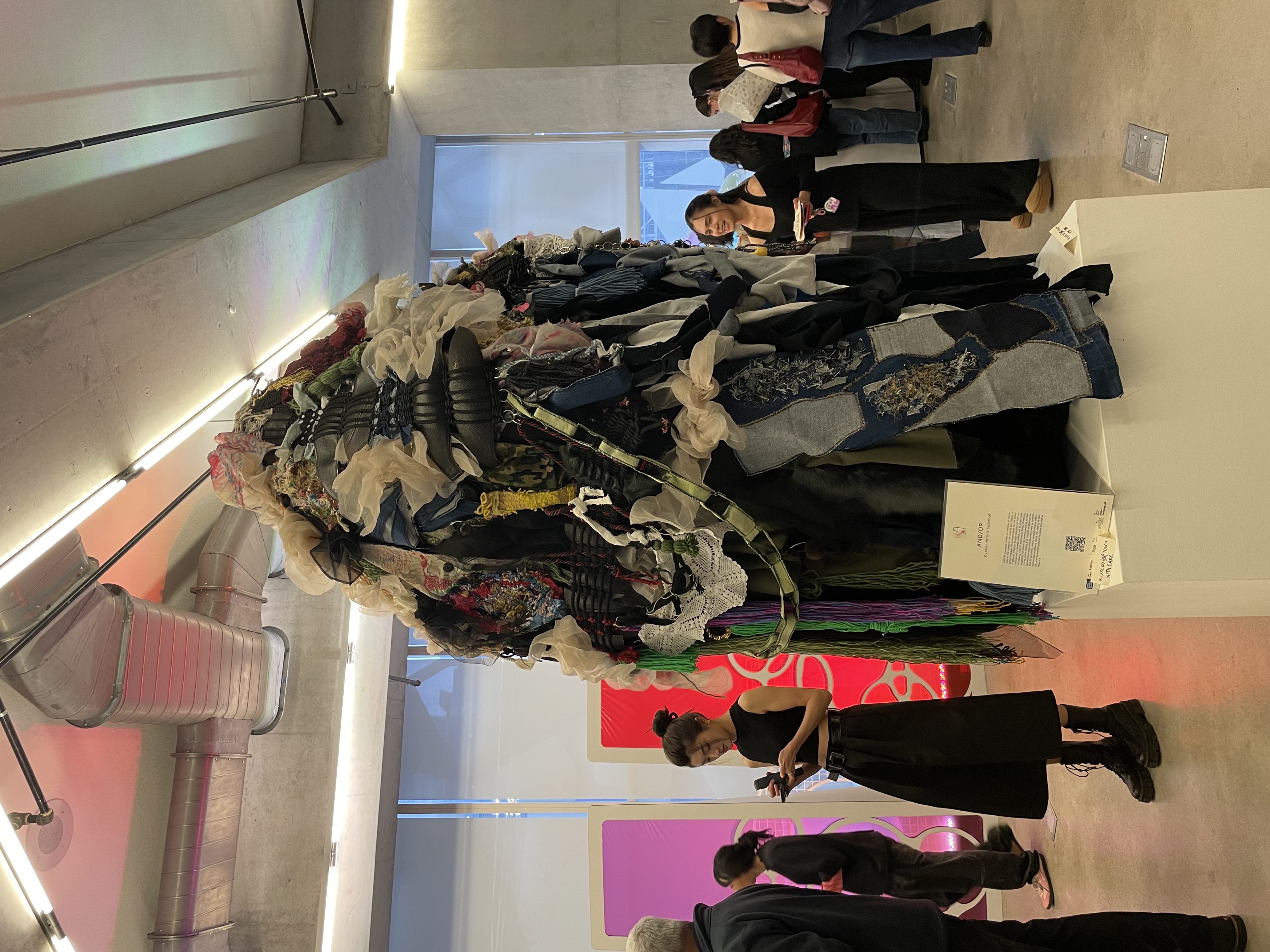
When Mathis Sabanal looks at the sculpture, he’s able to pinpoint where he got most things, giving each individual scrap and thread its own meaning and a personal connection. To anyone else who looks at the piece it can be “what you need it to be”, according to Mathis Sabanal. Just like how fashion can be “everything we need it to be and/or or nothing at all”, this piece is meant to perform as an ambiguous shape that can mean something different depending on the person who is observing it.

Sophie Petersen’s runway collection, titled Second Salvation, is not a one-off sustainable collection, but a reflection of how she has approached her whole degree. Each of the pieces that she presented in the Mass Exodus runway show were entirely upcycled, using second-hand sourced denim and upcycled vintage doilies. The combination of these two materials to her is both symbiotic and contradictory, while one is delicate and effervescent, the other is heavy-duty and designed to last as workwear.
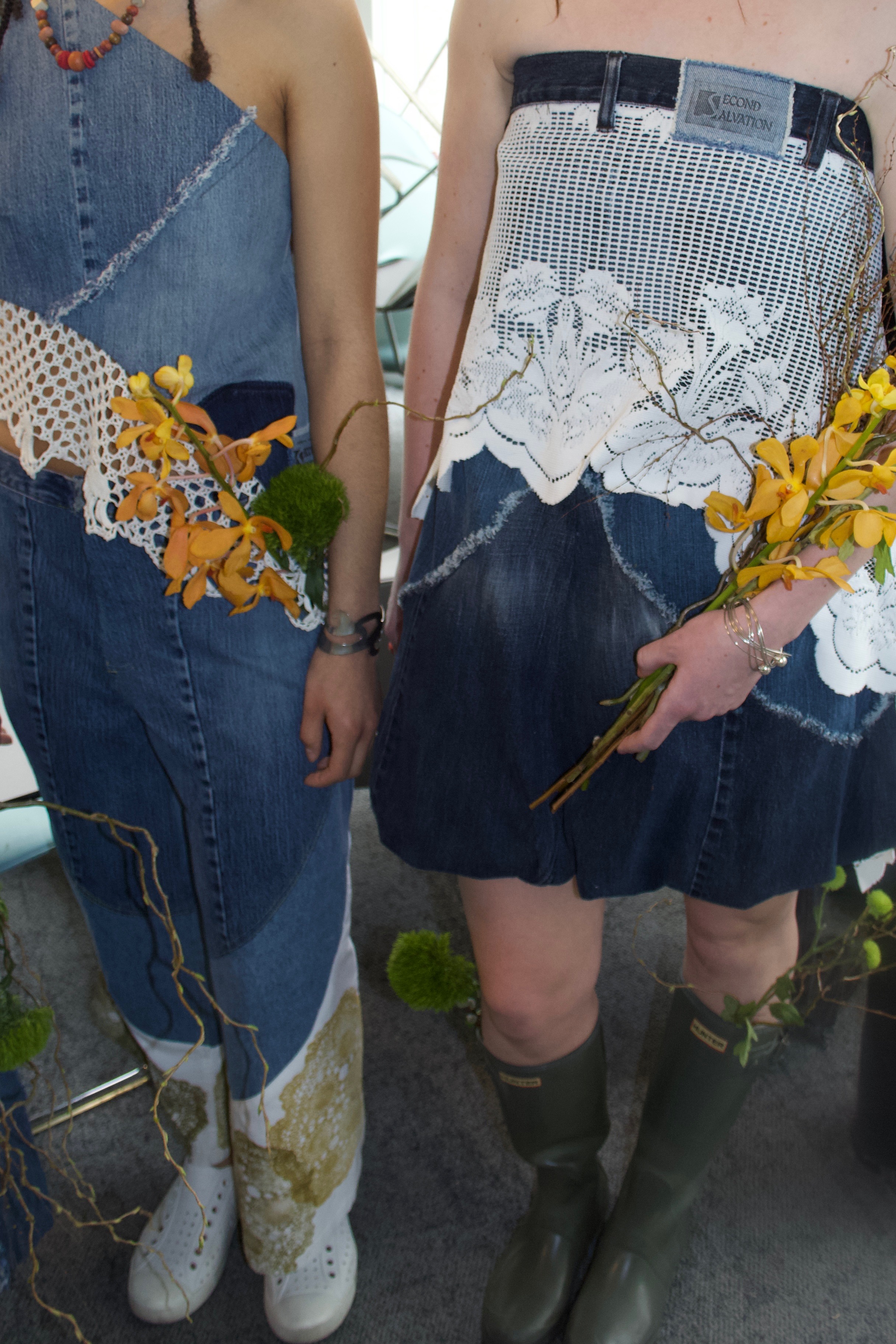
The title Second Salvation comes from the idea of giving discarded fashion items a second life and rebirth into new garments. It is a full-circle moment to be presenting these pieces for Petersen, who had applied to TMU’s fashion program with an upcycled denim bag. Her design practice has always been rooted in sustainability, and she hopes to see the industry trends continue to the further normalization of sustainable practices. She hopes to learn more about how the industry works through working at larger companies so that she can best determine how to get her message across: “no more overconsumption.”
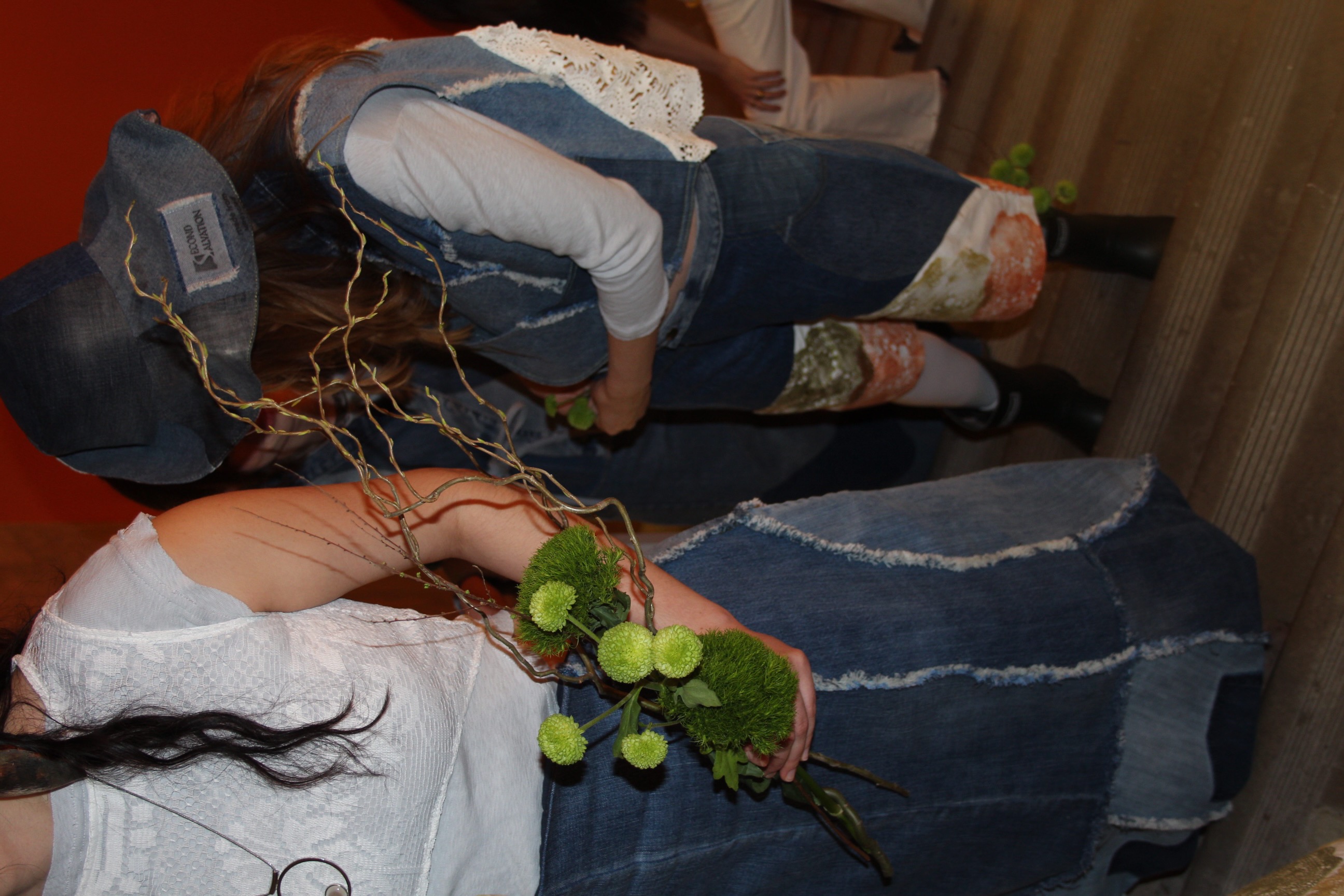
Savas Glacken’s final project is the template and website for a fashion consulting firm, named Ouro Works. For the physical presentation of the website, he remade an office representative of his birth year, with carefully curated details like a second-hand computer and a wall calendar opened to the month April 2001. Glacken initially found a lack of anything similar to what he has conceptualized here. Most consulting firms, even if they do specialize in sustainability, have a general lens instead of a fashion-specific one. Having consulting firms dedicated to sustainable fashion would make these changes more accessible to brands that might not be able to afford someone to work on sustainability initiatives full-time. As the Ouro Works website describes, “we are not just here to advise; we are here to collaborate, co-create, and build a future where fashion is truly circular, ethical, and designed to last.” This emphasizes the concept that perhaps the future of fashion is not about speeding up and creating more, but about slowing down consumption, making more conscious decisions, and fostering meaningful community relationships.
